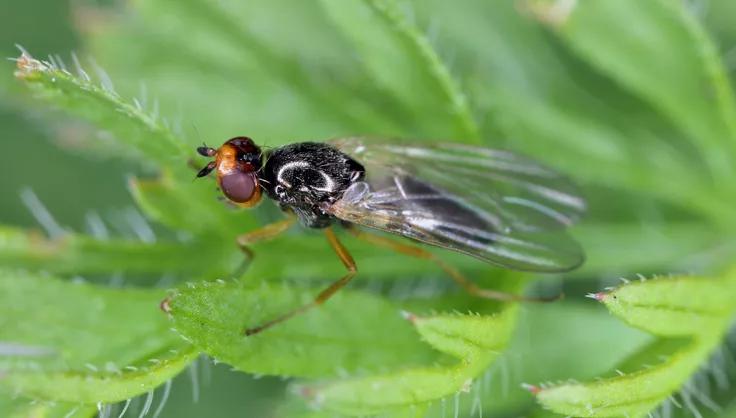Carrot Rust Fly

Carrot rust flies spend the winter in the pupa stage, and there are two generations per year. This pest was introduced from Europe over 100 years ago, and has spread through most parts of the northern United States and Canada.
Prevention and Control
- Plant carrot varieties that have proven to be resistant to the carrot fly, such as Fly Away.
- In cold areas, plant carrot-family crops later in spring to avoid the first generation of adults. In mild climates, sow seeds in late winter or early fall.
- Cover vulnerable crops with garden fabric to prevent the adult carrot fly from laying its eggs. Leave cover in place until harvest.
- If plants are not covered, harvest earlier in fall to avoid damage from the second generation.
- In fall, minimize the opportunity for carrot fly pupa to overwinter by removing weeds from in and around the garden, especially carrot relatives such as Queen Anne?s lace.
Print this Article:
Get the Dirt
Stay up to date on new articles and advice. Please fill out the information below.
